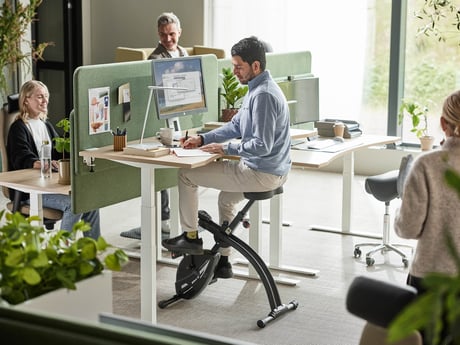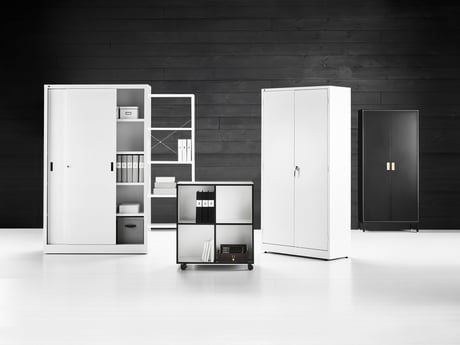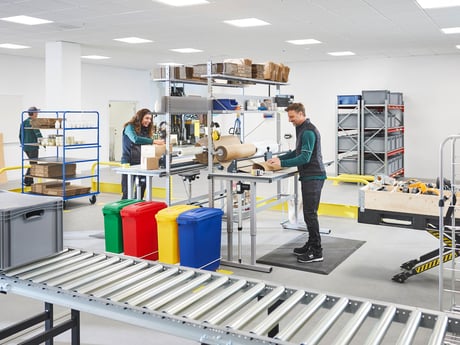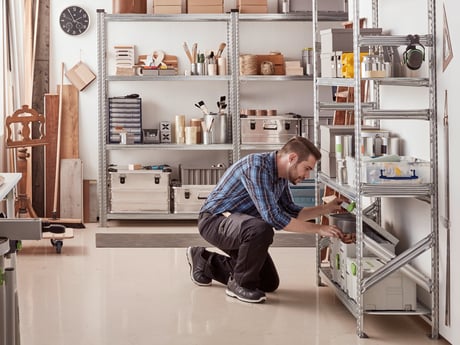- AJ Products UK
- Blog: Tips to Inspire Happiness at Work
- Tips & trends
- Why use a whiteboard instead of a digital project management tool?
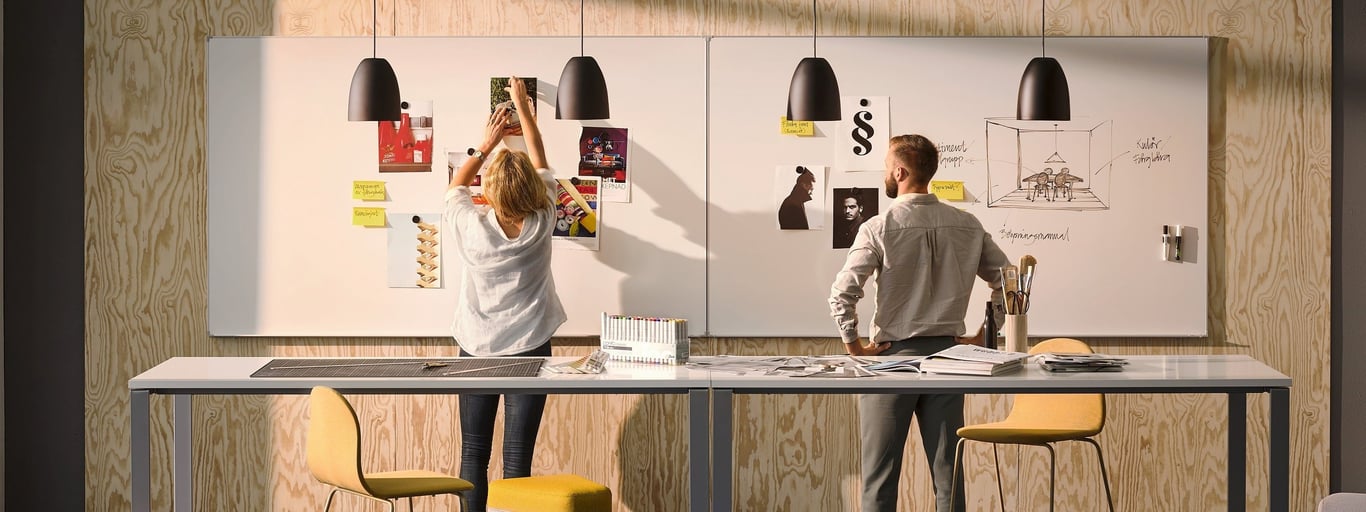
Why use a whiteboard instead of a digital project management tool?
Display boards, such as whiteboards and notice boards still offer numerous benefits that digital tools don’t and can help you manage your project successfully and efficiently.
1.Planning
Whiteboards are an ideal support tool for planning meetings and team discussions, allowing you to jot down ideas, erase less popular suggestions and finalise your plan. Take a photo of the board at the end of the meeting to keep a record of it or create a follow up memo.
2. Discussions
The whiteboard becomes a focal point in the office, encouraging discussions about the project throughout its duration and adding to the flow of ideas as people gather around the board. It also allows managers or clients visiting the office to see how the project is developing and contribute their own suggestions. Choose a wall-mounted whiteboard for the departmental offices or a mobile whiteboard if team meetings take place in different meeting rooms each time so you can move it to wherever it's needed.
3. Reminder
The physical presence of the whiteboard in the room is a constant reminder of the tasks to be completed. Unlike a digital tool, which you have to actively go to and look at, the whiteboard is right in front of you at all times, helping to keep the whole team on track.
4. Structure
It can help you create a logical and easy-to-understand workflow that can be restructured quickly and easily if needed without the hassle that comes with reconfiguring a digital tool.
5. Flexibility
You can add diagrams and sketches to support or explain any information, ensuring that everyone is on the same page. You can also use different coloured pens to distinguish different processes or add comments.
At the end of your project, you can erase everything from the whiteboard and start all over again with a new layout and new ideas!
How to manage a project on a whiteboard
- Choose your layout: Divide the board into columns such as:
- To Do / In Progress / Done
- Or use project stages: Research / Design / Review / Launch
- Assign tasks visually: Use sticky notes or magnets for individual tasks. Write the task, assignee, and deadline.
- Track progress daily: Have short stand-up meetings in front of the board. Update task statuses and add notes as needed.
- Use colours for clarity:
- Blue = team A, red = urgent, green = completed
- Use coloured markers to link related tasks or add highlights
- Create a timeline: Draw a basic Gantt-style timeline to visualise milestones and deadlines across the week or month.
- Reserve space for notes:
Dry wipe boards are an affordable and easy-to-use solution to project planning that suits almost any needs and can be adapted constantly to new requirements. If your office wants to maintain a high-end modern look, coloured glass writing boards can be used to create an attractive feature wall in any room while offering all the same great benefits as whiteboards.
